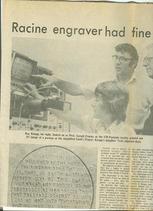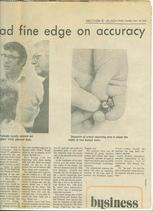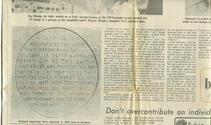|
Additionally, at least four other "large" scale copies (0.01" in diameter)
exist as of 2010 - they were "rediscovered" by family members in late 2009.
Based upon a note found in the box with the engravings, it is possible that yet
another copy is held by family members, and that the Swenki family may
hold another copy. Joseph A. Swenki worked at Gorton Machine at the time,
and subsequently at Gormac Products, eventually becoming President of Gormac.
|

|
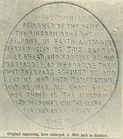


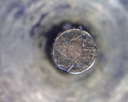

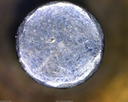
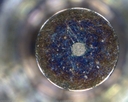
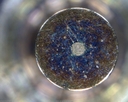
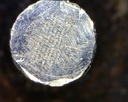
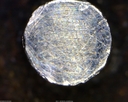
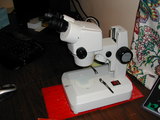
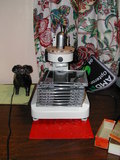
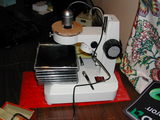
 A 1968 brochure by Gorton Machine
A 1968 brochure by Gorton Machine
 A brochure by Lars Machine, date unknown
A brochure by Lars Machine, date unknown
